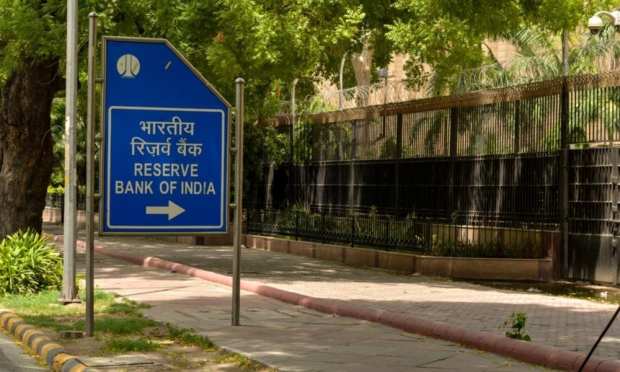RBI Enables UPI Payments For Tolls

The Reserve Bank of India (RBI) has made some payment moves to boost the National Electronic Toll Collection (NETC) in the country, according to the Business Standard.
The bank is going to allow non-bank prepaid payments (PPIs) and Unified Payments Interface (UPI) to link to FASTags, which is used to pay for things like tolls and parking.
In a statement, the RBI said: “In order to further broad base this system by allowing more payment choices for the customers, as well as for fostering competition among the system participants, all authorised payment systems and instruments non-bank PPIs, cards and (UPI) shall from now be permitted for linking with the FASTags, which can be used for various types of payments (vehicle toll, parking fee, etc).”
RBI added that the payments will be treated just like regular ones in terms of resolving transactions that didn’t go through.
“The transactions in the NETC system can be performed without any Additional Factor of Authentication (AFA) and/or pre-transaction notification/alert,” RBI said.
The requests are going to be handled by the National Payments Corporation of India (NPCI). The tag will allow for the money to be deducted while the car is in motion, using radio frequency identification (RFID) technology. Union Minister of Road Transport and Highways Nitin Gadkari said that there have been 10 million FASTags issued so far.
RBI also recently set forth guidelines for “on tap” authorization for various payment systems, including the Bharat Bill Payment Operating Unit (BBPOU), Trade Receivables Discounting System (TReDS) and White Label ATMs (WLAs).
The guidelines include the minimum amount of net worth required, among other guidelines, in an attempt to foster innovation and competition.
“The payment system operators should ensure interoperability among different retail payment systems,” the bank said, adding that authorization would be given based on the proposal and on how the bank assessed the potential of its place in the financial segment.
